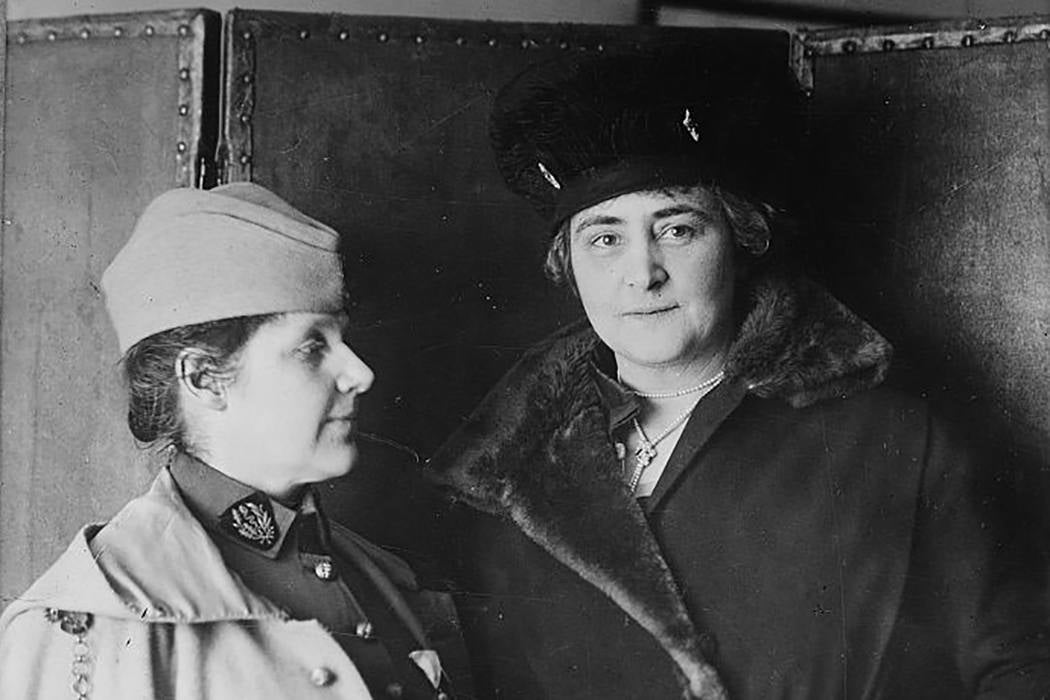One hundred years ago, in 1917, the U.S. was on the verge of entering World War I. For women physicians, this was an opportunity for service that highlighted their deeply ambiguous position, writes Ellen More.
Wartime service was attractive to both male and female doctors as both a chance to serve the country and an opportunity to train in cutting-edge medical techniques. But for the women, it wasn’t easy. Women were excluded from the Army Medical Reserve Corps, which recruited physicians to serve in the war. They could only work for the Army as “contract surgeons,” with no official rank, and no bonuses or pensions.
Most women physicians who served overseas went through the Red Cross or privately funded women’s organizations, generally treating mostly civilian women and children.
The Medical Women’s National Association (MWNA), a professional association of women doctors formed in 1915, and its overseas service arm, American Women’s Hospitals (AWH), sought to expand their members’ role.
AWH’s first “chairman,” Dr. Rosalie Slaughter Morton, embodied a sort of Victorian feminine heroism. After achieving professional success as a surgeon and gynecologist, and becoming a widow at 37, she had traveled to Serbia with the Red Cross to help war victims.
“My sympathy with the underdog flared up,” she wrote. “I had no parents, husband or children. I had everything to give.”
In June of 1917, just two months after U.S. entry into the war, the MWNA charged Morton with leading two efforts: winning women entry into the Army Medical Research Corps and sending female doctors overseas as volunteers. On the first front, the War Department and the Red Cross quickly shut down Morton’s efforts. More suggests that Morton wasn’t particularly interested in pushing the issue, instead quickly moving on to her second mission.
“Only an all-woman’s volunteer hospital would enable the MWNA to send women overseas and reap the credit for women physicians,” More writes. “That was probably Morton’s intention all along.”
Morton’s advocacy work shied away from feminism, instead stressing women physicians’ “overwhelming impulse for service and sacrifice.” This may have reflected her own motivations, but she was also constrained by politics. The Red Cross had an exclusive right to coordinate nonmilitary medical support for the war, and it was deeply wary of anything smacking of women’s rights.
The Red Cross did use the AWH’s help recruiting individual women physicians to the war effort, but it wasn’t until July of 1918 that the first hospital unit wearing AWH uniforms was able to begin work in France.
With the trouble she had winning public recognition of AWH, as well as setbacks related to stretching herself between the organization other professional obligations, Morton became increasingly unpopular within her organization. When her one-year term ended in June of 1918, the president of the MWNA did not reappoint her.
In the years that followed, the AWH and MWNA distanced themselves from Morton and the image of self-sacrificing heroism she represented. Her successor was a wisecracking, savvy manager and former suffragist who put the organization on a modern path toward professional recognition. But during the war years, Morton has been in an almost impossible bind, torn between the demands for altruism and professional recognition.







